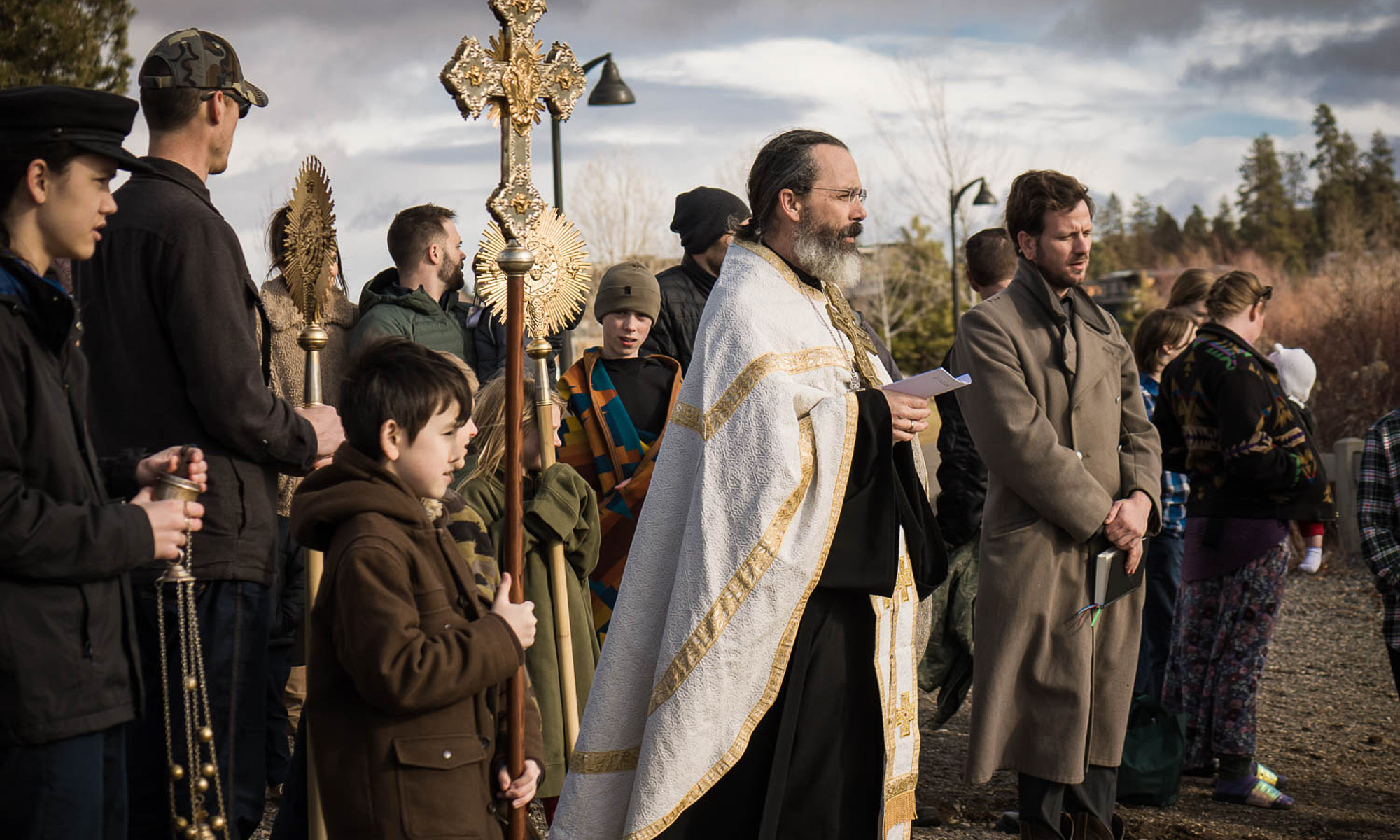What is the Orthodox Church?
The Orthodox Church is the original Christian Church, the Church founded by the Lord Jesus Christ and described in the pages of the New Testament. Her history can be traced in unbroken continuity all the way back to Christ and his twelve Apostles.
The Orthodox Church is today a federation of fifteen self-governing churches which share a common faith, a common liturgical and sacramental tradition, and a common history beginning at Jerusalem in approximately 33 A.D. In the Old Testament we find the prophets who foretold the coming of Christ. From the Gospels—and the New Testament in general—we learn about our Lord, God, and Savior, Jesus Christ. We also find the establishment of the Mysteries (the sacraments), liturgical worship, and patterns of administrative authority (bishops, priests, deacons) taking shape in the early Church. The Apostles, the twelve original disciples of Christ, undertook numerous missionary journeys traveling from city to city in the ancient Greco-Roman empire and established Christian communities, many of which survive to this day. Despite persecution, Christianity spread quickly throughout the Middle East, Asia Minor, North and East Africa, Europe, and Central Asia. The spreading of the Church led to the establishment of administrative centers around the five major metropolitan cities of Jerusalem, Antioch, Alexandria, Rome, and Constantinople.
Consider
- On the one hand, it is the oldest Church in Christendom. On the other hand, it’s new to most people in North America.
- It is the second largest body in Christendom with hundreds of millions of people worldwide.
- In the twentieth century alone, an estimated 40 million Orthodox Christians gave their lives for their faith, primarily under communism. So high is the commitment of many Orthodox Christians to Christ and his Church, she has often been called “the Church of the martyrs.”
- She is the Church of some of history’s greatest theologians, scholars, and writers: people like John Chrysostom, Justin Martyr, Basil, and Augustine.
The First Thousand Years…
The first thousand years of Christianity witnessed a common faith throughout the Christian world both East and West. There were doctrinal disputes: Arians, Nestorians, Monophysites and others introduced erroneous theologies and practices during the fourth and fifth centuries—“Iconoclasts” attacked the use of icons during the eighth. Such disputes were settled as fathers of the faith throughout the entire world gathered together in council. The decisions of seven of these councils were universally accepted by the faithful and have become known distinctly as “ecumenical”, or ‘of the whole earth’. Guided by the Holy Spirit, attested to by countless numbers of Christians through the centuries, the Ecumenical Councils articulate the faith of the “one, holy, catholic, and apostolic Church” that continues unchanged in the Orthodox Church to this day.
The Great Schism
The break in communion between the East and West—between the Eastern Orthodox Churches and the Roman Catholic Church, known as the Great Schism, came about between the 9th and 12th centuries. In the West, Rome altered some of the ancient doctrines (“the filioque”), as well as added new doctrines (papal infallibility, immaculate conception, etc.). In the 16th century, Protestant Reformers made further changes and deletions. All the while, the remaining four ancient “patriarchates” continued steadfast in the same fullness of faith handed down from Christ himself through his holy Apostles. Through extensive missionary efforts these four centers were later joined by the Russian and other patriarchates—constituting the fifteen autocephalous (self-headed) Churches today united as the one, holy catholic, and apostolic Church, spread throughout the world.
